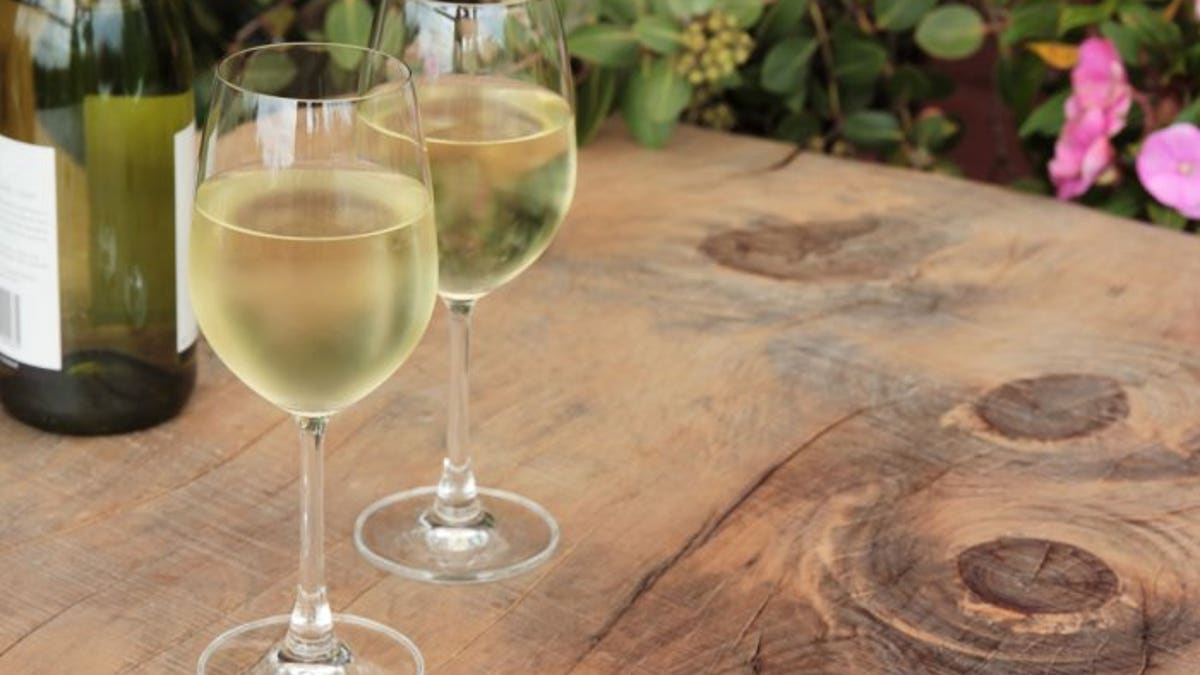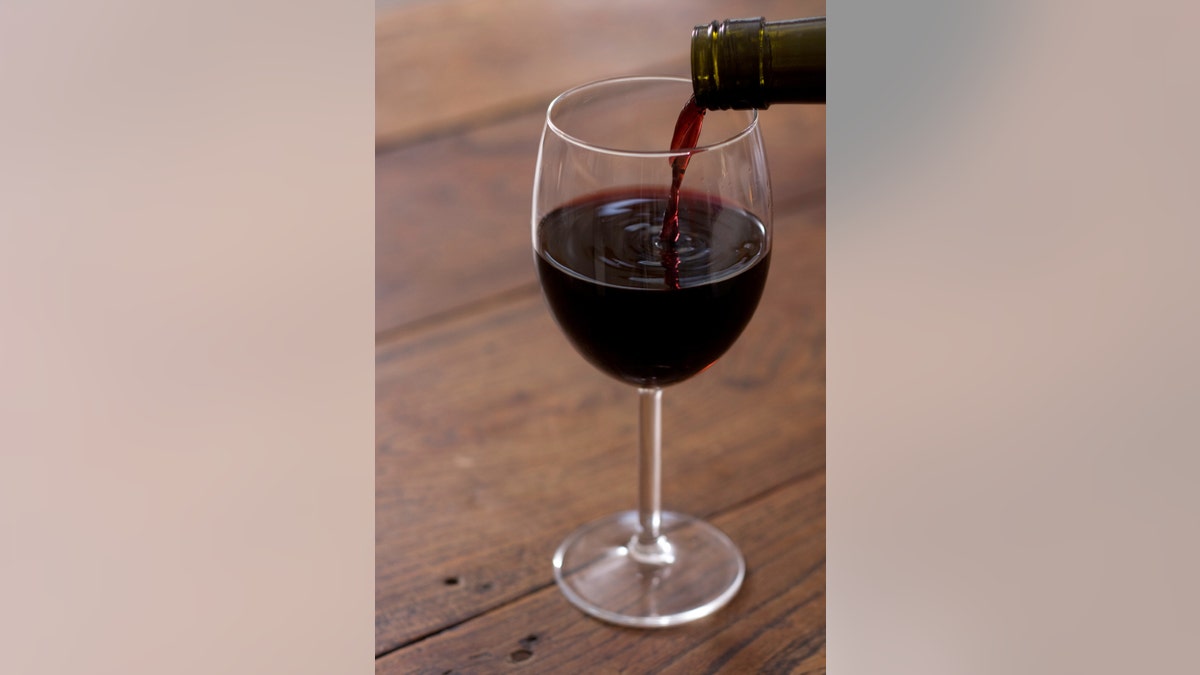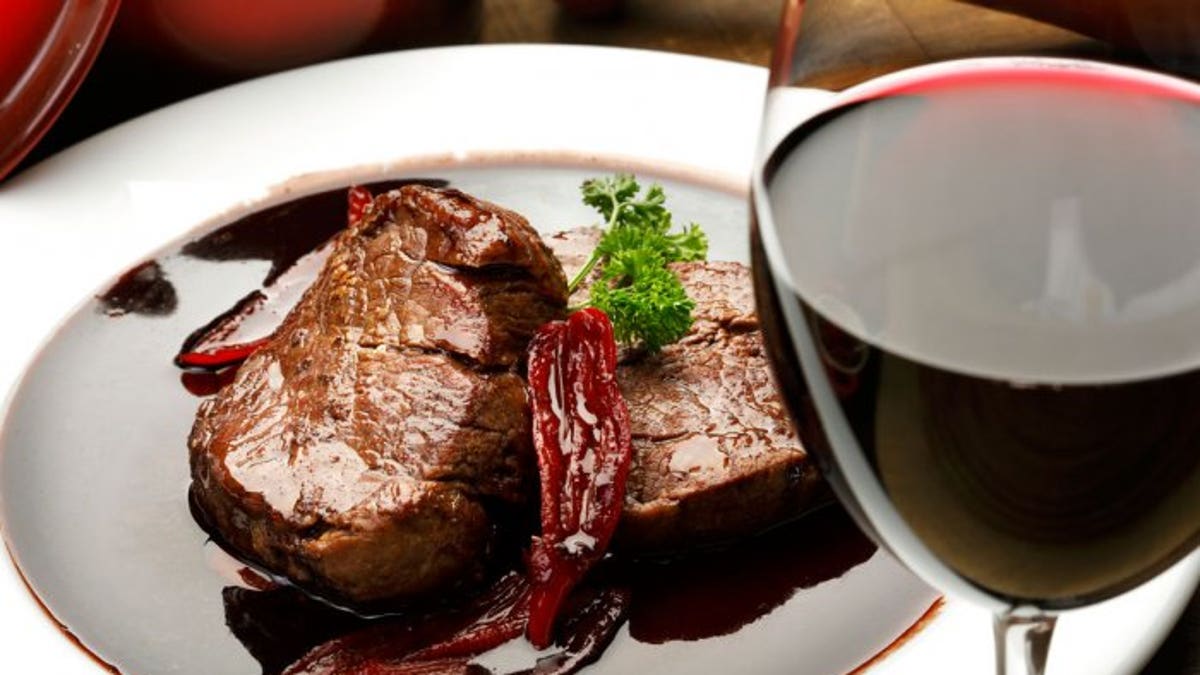Feeling comfortable about ordering — and enjoying — wine in restaurants is a very achievable goal for people who want to expand their knowledge of the topic.
Of course, it helps if you start with the right attitude: one of quiet confidence. The restaurant wait staff isn’t trying to intimidate or embarrass you, and there is no reason why you should want to try to impress them or your dining companions into thinking you know more about wine that you really do. Forget gamesmanship.
Most wine lists these days are relatively small and manageable, and that is increasingly the trend. The idea is to give customers a range of choices, both in types of wines and in price ranges, without overwhelming them. However, some traditional restaurants feel their reputation demands a wider range of choices — and especially of older vintages and rarer wines — for the diner who carries a big credit card and who enjoys searching about for something he or she had six years ago on a visit to the winery. Usually, the wines we are looking for are at the front of the book or at the beginning of each section. Forget everything else. Remember, even wine and food professionals will never know every wine on the restaurant’s list and that we are all constantly learning.
Let’s assume that there are two couples — four of you — going out for dinner, and that you have been handed the wine list. You know a little about wine, but you don’t consider yourself an authority.
What do you do first?
Here are some expert tips that can serve as starting points, taking a look at safe choices you can make, how you can relate to your wine server, and why you need to go with the wine flow. We’ll also point out the reasons you should keep command of your own bottle.
1. Stand Your Ground!

(iStock)
Don’t be intimidated by the wine list, no matter how long it is. At most restaurants, you can get good wines in the $30–$45 range. Casually look through the whites and reds in your price range and see if you see anything familiar. Make a few mental notes, then go to the food menu.
2. Whites First

(iStock)
Unless everyone orders all seafood, you will probably want at least a bottle each of white and red wine. Order the white first while people are making their choices (unless you’ve brought cocktails to the table). Many appetizers and first courses are also designed to go with white wines.
3. Safe Choices

(iStock)
When in doubt, order the second-least-expensive sauvignon blanc and cabernet sauvignon. Most people know and like those wines, and together they go with almost any food choice. Plus, almost any list will have two or three of each. And no one will think you’re just being cheap.
4. Help the Help

(iStock)
Ask everyone their entrée choices, then make your main-course wine choices. Tell the sommelier or waiter your thoughts about the wine pairings and ask what he or she thinks. This tells them your wine preferences and price range, and they can make suggestions that fall within these ranges.
5. Make Sure the Wine Arrives Before the Food

(iStock)
You should never be served food and have to wait for wine. When ordering, emphasize to the sommelier that you want wine on the table — opened, tasted, approved and poured — before any food comes out. That goes for red wine, too. It can take a few breaths and be ready when you need it.
Check more tips for ordering a great bottle of wine at a restaurant.
More from The Daily Meal
24 New Year’s Food and Drink Traditions Around the World
The 10 Best London Pubs for Food
Smart Strategies for Staying Hydrated This Winter
